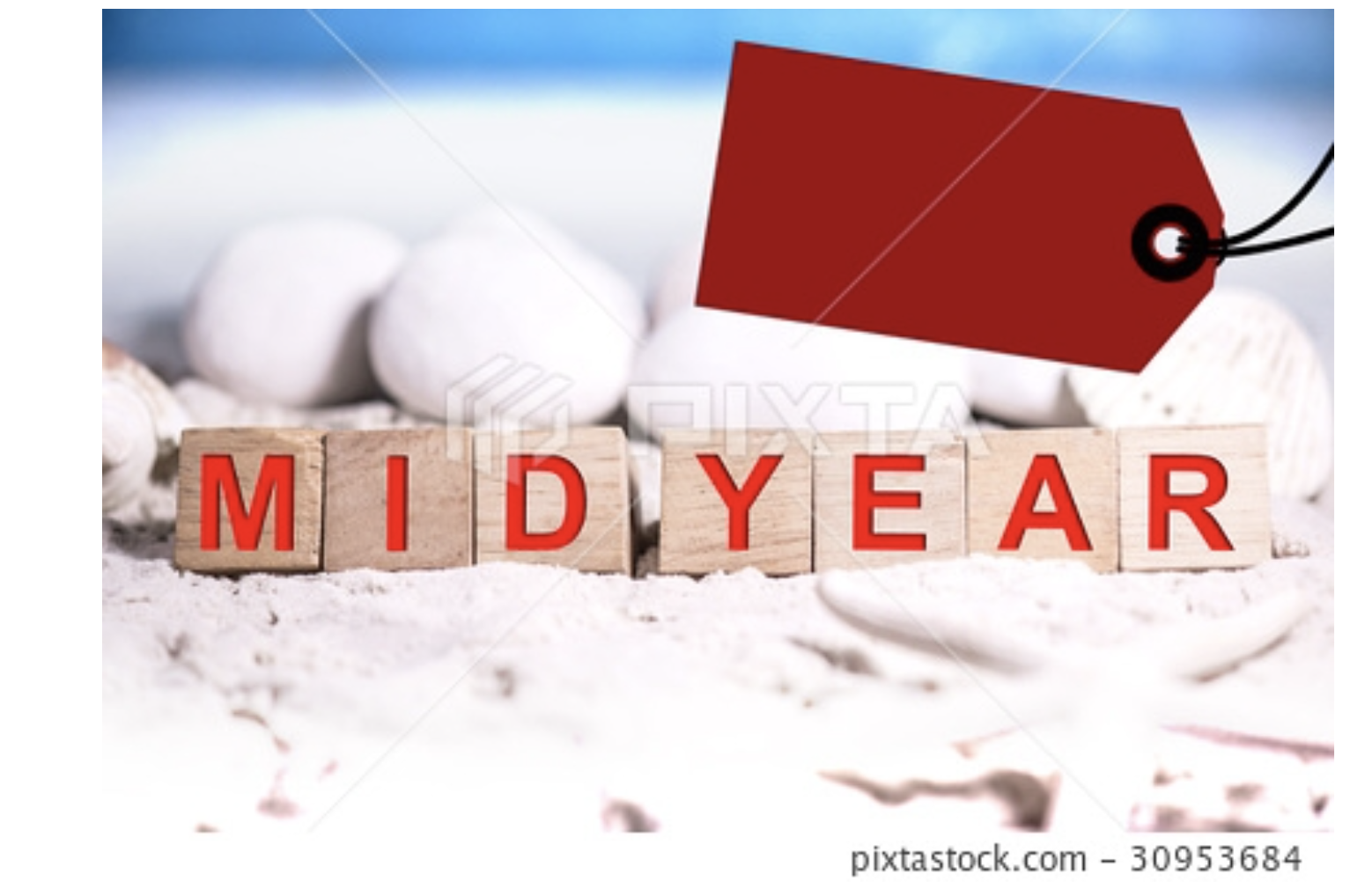How To Run a Mid-year Retrospective Session for Agile Scrum Teams
 DANIEL OYAGHA
DANIEL OYAGHA
Hey !, it’s the middle of the year again, for every agile scrum team, this offers your team a great opportunity to reflect on how far your team is doing. For teams whose sprint spans every 2 weeks, you probably are wondering why you should conduct a mid-year retrospective session if you already are conducting retrospective sessions every two weeks.
Why should we conduct a mid-year retrospective session?
Well, the short answer is that a mid-year retrospective session offers you and your team a great way to reflect on all you have done over the last 6 months, offers another clean slate for you to course correct where necessary some of the mistakes you made in the 1st six months of the year.
If a new member joins your team during the 1st six months, a mid-year retrospective session serves as a great way to walk this new member through all the issues discussed over the last 6 months in a matter of minutes thereby offering a refresher opportunity both to new and old teammates.
How to conduct a mid-year retrospective session
Visit previous retrospectives
a. If you have a place where you store the discussions and outcomes of each retrospective session at the end of each previous sprint, then you should visit this document and copy out the major topics or themes discussed during each previous retrospective session of your team. Copy this into a clipboard and paste it into a new canvas that you plan to use for the mid-year retrospective session. Also, copy out what the outcomes or action points were from each previous retrospective sprint into this clipboard.
b. Re-group these topics or themes into a common heading. Sometimes, themes or topics of previous retrospective discussions and action points are similar, so you should re-group these similar topics under a common heading or title.
Discuss all the points from previous retrospective sprints
a. Read through or briefly discuss each card from the above and give room for your team members to make contributions where necessary.
Ask your team some “leading questions”
Leading questions are questions that are meant to help your colleagues to think or reflect on the past six months as well as in the current sprint. The aim is to help stimulate your thought process by giving you some basis to think upon.
a. What do you wish for happening in the team, or project or what do you wish happened on how we work together but not happening?
b. If you were to change one thing in the project what would you change?
c. If you were to add one thing to the project what would you add?
d. If you were to change one thing in the tools and technology we use, what would you change?
e. If you were to add one thing to the tools and technology we use, what would you add?
f. What went well in the last sprint for you?
g. What didn’t go so well in the last sprint for you?
h. If you could turn back the hand of time, what would you have done differently in the last sprint?
Assign sticky notes to each member of the team as they attempt to answer the above questions using the sticky note, this activity should be timed say 10 minutes.
a. Let each member of the team read out what they have written down in their sticky notes by taking turns.
b. Collect these sticky notes from each member of the team and place them into the canvas. For remote teams, let each member move their sticky notes into the canvas board then regroup each into common topics.
Dot Voting
a. Each member should vote using emoji on the items they wish to have a further discussion on.
b. Count the top three items with the highest number of votes.
Decide on an action point based on the top three issues selected.
a. An agile team is an action or result-based team, so at the end of the group discussion, you should agree on possible action points which should be applied before the next retrospective session starts.
Subscribe to my newsletter
Read articles from DANIEL OYAGHA directly inside your inbox. Subscribe to the newsletter, and don't miss out.
Written by